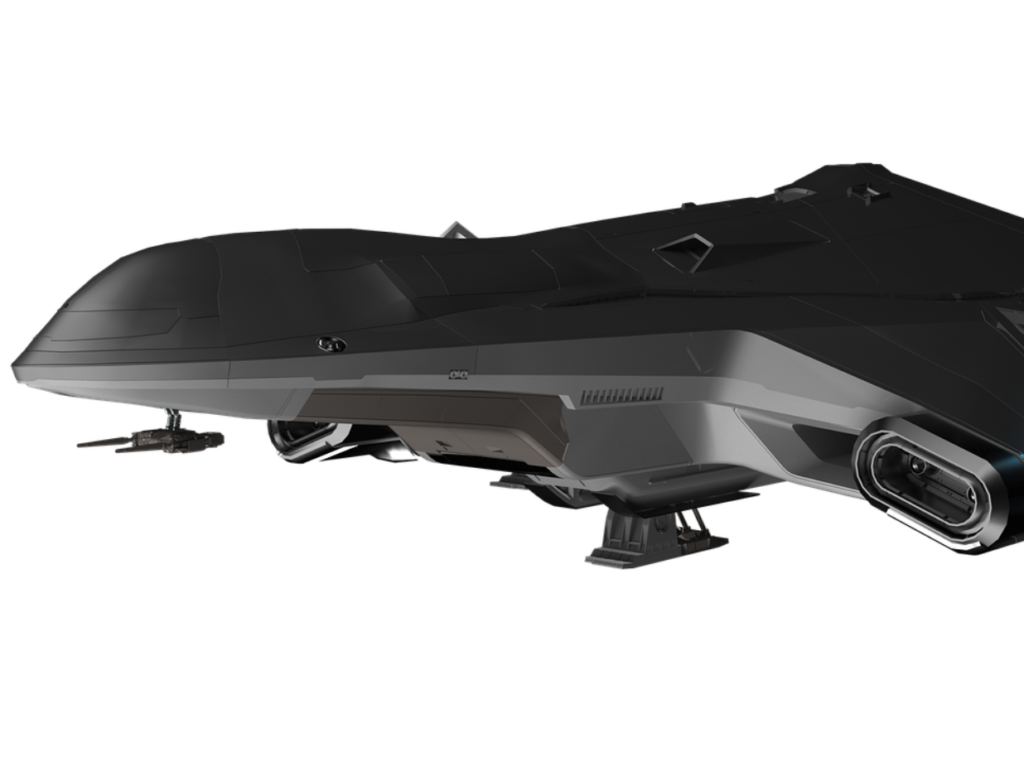DEFENCE
Hybrid Sea-gliders
TORCULAX is currently engaged in an exciting Research and Development (R&D) effort centred on a feasibility study regarding innovative small-scale sea-gliders. Distinguishing itself from existing military and commercial applications, these sea-gliders represent a unique hybrid of boat and aircraft on a smaller scale, introducing a novel perspective to address various challenges.
The primary goals of this R&D initiative include evaluating the feasibility of the conceptual design and exploring potential applications for emergency medical first-aid support and medical resupply missions in remote and challenging regions. Additionally, scaled-down models will be utilized to investigate potential defence applications, with testing focusing on intelligence, surveillance, reconnaissance, and the development and deployment of ad hoc communications networks.
The planned R&D undertaking places initial emphasis on developing an unmanned and autonomous version of the small-scale sea-glider. This initiative is crucial to TORCULAX’s overarching objectives of advancing technology and validating innovative concepts. Furthermore, the project seamlessly aligns with the company’s broader focus on addressing logistical challenges on many fronts, making a significant contribution to the enhancement of current capabilities.

Connected Drone Swarm
TORCULAX is currently investing in R&D work on the concept of “swarming,” where autonomous drones collaborate to achieve common objectives. This coordinated effort relies on AI-driven collective decision-making and constant communication, offering potential tactical and strategic advantages for military decision-makers.
The current small-scale R&D efforts are focused on the following key areas to drive the development of this advanced concept:
- AI and Robotics Integration: Development of advanced AI algorithms and robotics capabilities to enable seamless coordination, communication, and decision-making among swarming drones, emphasizing decentralized control for efficient responses.
- Sensor Technology: Improvement on sensor capabilities for enhanced situational awareness, target identification, and information sharing within the swarm, addressing challenges related to spoofing, jamming, and cyber-attacks.
- Data Fusion: Implementation of robust data fusion techniques to process information from multiple sources within the swarm, enabling collective analysis and real-time decision-making.
- Communication Infrastructure: Development of resilient communication systems to ensure continuous connectivity among swarm components, addressing vulnerabilities to cyber threats, signal interference, and disruptions.
- Countermeasure Research: Investigation of countermeasures against potential threats, including spoofing, jamming, and cyber-attacks, exploring defensive strategies to maintain swarm effectiveness.
- Human-Machine Interaction: Research on effective ways to incorporate human operators into swarming operations, defining their role in decision-making, intervention, and overall swarm management.
- Cost-Effective Solutions: Development of cost-effective technologies for drone swarms to increase accessibility and deployment by a broader range of military forces.
- Scenario-based Testing: Conducting extensive testing to evaluate the effectiveness, reliability, and adaptability of drone swarms in diverse military applications, ensuring practical viability and addressing potential challenges.

Talk to us
Have any questions? We are always open to talk about your business, new projects, creative opportunities and how we can help you.